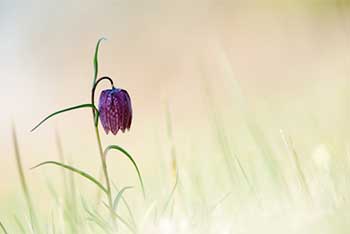Spring Colour Watch Blog: Bluebells!
Bluebells are the spring buzzword of the moment – and they are out now in Silk Wood!
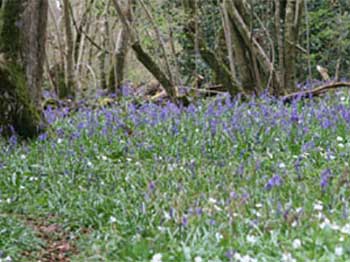
You’ll spot the odd few on the banks as you walk up Waste Drive, but it’s the paths turning off Palmer Ride where you’ll really see bluebells out in full.
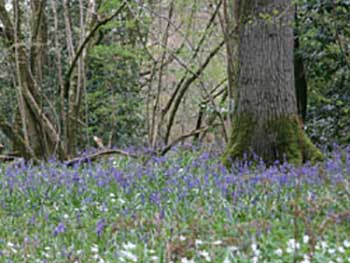
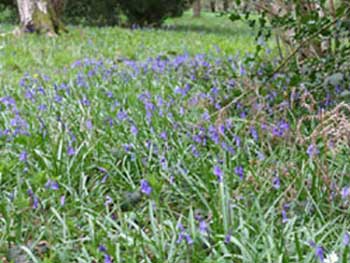
The best are as you turn onto the Native Tree Trail and The Link. Here you’ll find bluebells scattered amongst anemones, with a few primroses popping up for the occasion.
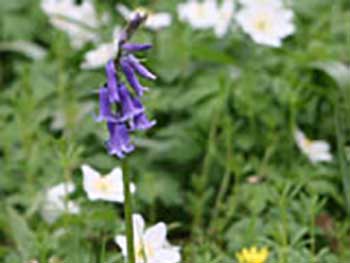
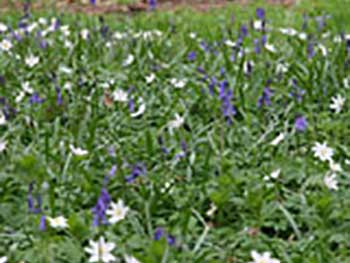
Bluebells are a signifier of ancient woodland and can be found across the arboretum, but particularly in Silk Wood where records show woodland activity, such as traditional coppicing, dating back to the thirteenth century.
Until the end of May, the seasonal trail in Silk Wood is also host to an exhibition of spring meadow photography by Cotswolds photographer Barney Wilczak.
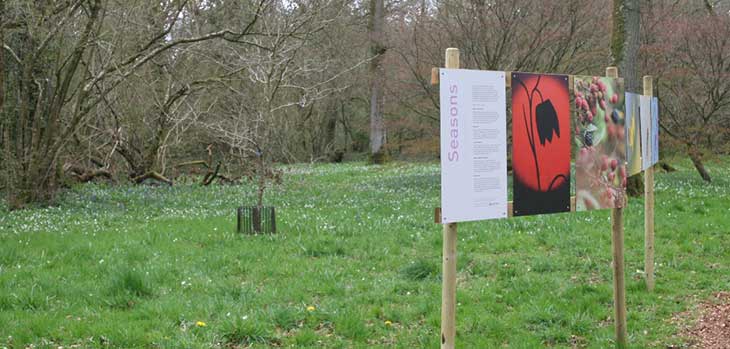
The exhibition joins up Westonbirt’s Grade I Registered Downs grassland habitat with its trees and woodland.
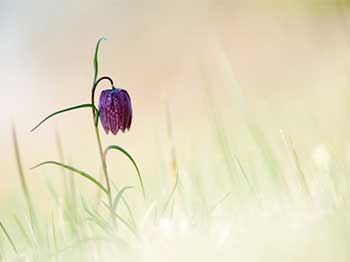
The Downs area plays an important role in the landscape design principles of the arboretum and is thriving with native wildflowers and wildlife.
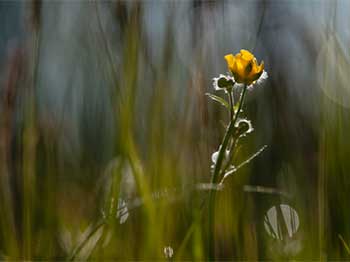
The photography exhibition aims to highlight the significance of this grassland habitat to visitors on the seasonal trail. Through the Westonbirt Project, Westonbirt Arboretum is working to restore all of the Downs landscape to its original grassland state.
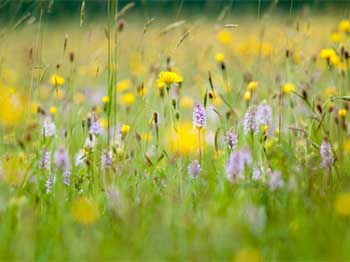
The trail starts from Waste Gate and follows Palmer Ride and The Link, before turning down Willesley Drive.
Visitors can see images of wildlife and wildflowers found in meadow grassland – including common spotted orchids, cuckoo flower and snake’s head fritillary; mounted with descriptions of why they are central to grassland life.
Useful links
More information about spring at Westonbirt
Become a member of the Friends of Westonbirt Arboretum
Find out more about Barney Wilczak’s photography and his book The Meadow www.wilczakphotography.co.uk.
